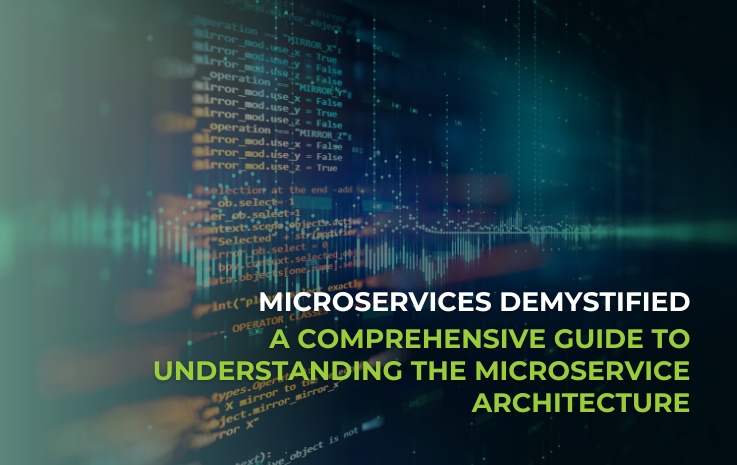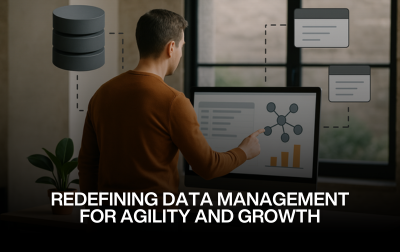
The Shift Toward Scalable Data Management
As organizations scale and digitize their operations, the traditional centralized data architecture often becomes a bottleneck. Enterprises that rely on monolithic data lakes or warehouses quickly encounter challenges: data silos, overwhelmed data teams, and an inability to meet the growing needs of business domains in real-time. In this context, data management strategies must evolve – and decentralized approaches such as Data Mesh and domain-oriented data architecture are emerging as sustainable solutions.
These modern architectural styles address the increasing demand for agility, autonomy, and efficiency in managing diverse and distributed data sources. By rethinking how data is produced, owned, and consumed, organizations can achieve a more resilient and scalable data infrastructure.

What Is Data Mesh?
Data Mesh is a paradigm shift that reimagines how large-scale data infrastructures should be designed and governed. Instead of centralizing all data management responsibilities within a single team or platform, Data Mesh distributes data ownership across domain-specific teams. Each team is responsible for the full lifecycle of their datasets – ensuring quality, availability, and usability.
This approach promotes autonomy and accountability while improving responsiveness to domain-specific data needs. It encourages a culture where data is not just a byproduct of digital systems but a valuable asset that is curated and maintained with care.
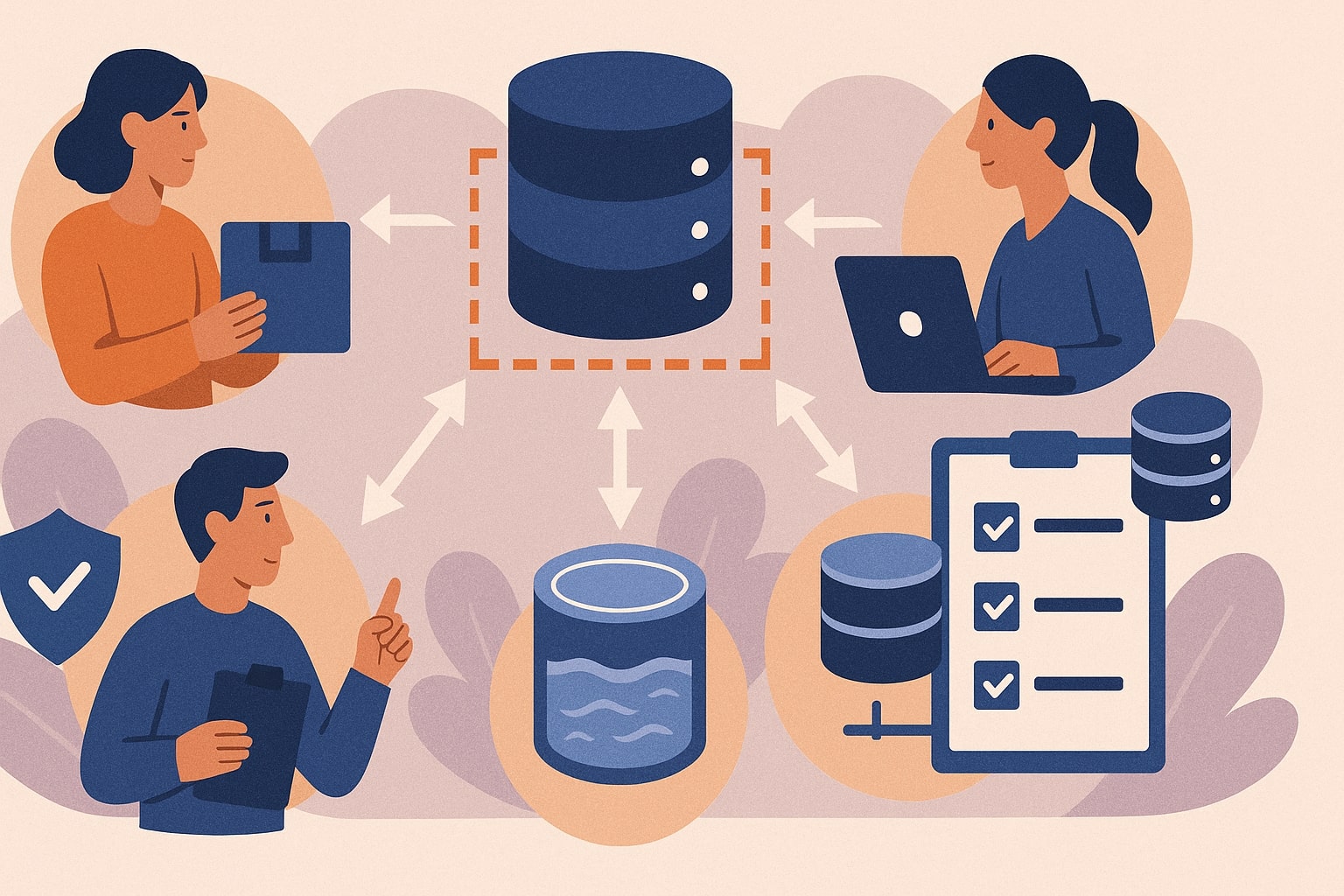
Foundational Concepts of Domain-Oriented Data Architectures
At the heart of Data Mesh and similar decentralized models lies the concept of domain-oriented data management. This architectural approach rests on four foundational concepts:
- Domain Ownership – Data is managed by the teams who generate and understand it best, often aligned with specific business functions.
- Data as a Product – Data is developed and maintained with the same discipline and user-focus as software products. It must be discoverable, trustworthy, and well-documented.
- Self-Serve Data Infrastructure – Platform teams enable domain teams with standardized, reusable tools and pipelines, allowing them to operate independently and efficiently.
- Federated Governance – Instead of imposing rigid centralized controls, governance is distributed and collaborative, ensuring compliance while supporting innovation and flexibility.
Together, these principles form a cohesive framework for organizing and scaling enterprise data in a way that aligns with business goals and domain expertise.
Why Decentralized Data Management Matters
Embracing decentralized data management offers numerous advantages that address the limitations of traditional models:
- Scalability: Decentralized systems distribute workloads and responsibilities, enabling organizations to scale more gracefully.
- Responsiveness: Domain teams can act quickly on data-related needs without waiting for central approval or support.
- Higher Data Quality: With data being managed by those closest to its generation, accuracy and context improve significantly.
- Enhanced Collaboration: Cross-functional teams can work more effectively when data is accessible, well-documented, and domain-specific.
- Reduced Bottlenecks: The reliance on a single data team is reduced, easing operational constraints and delays.
In the competitive and fast-paced digital environment, these benefits are essential to maintaining agility and driving innovation.
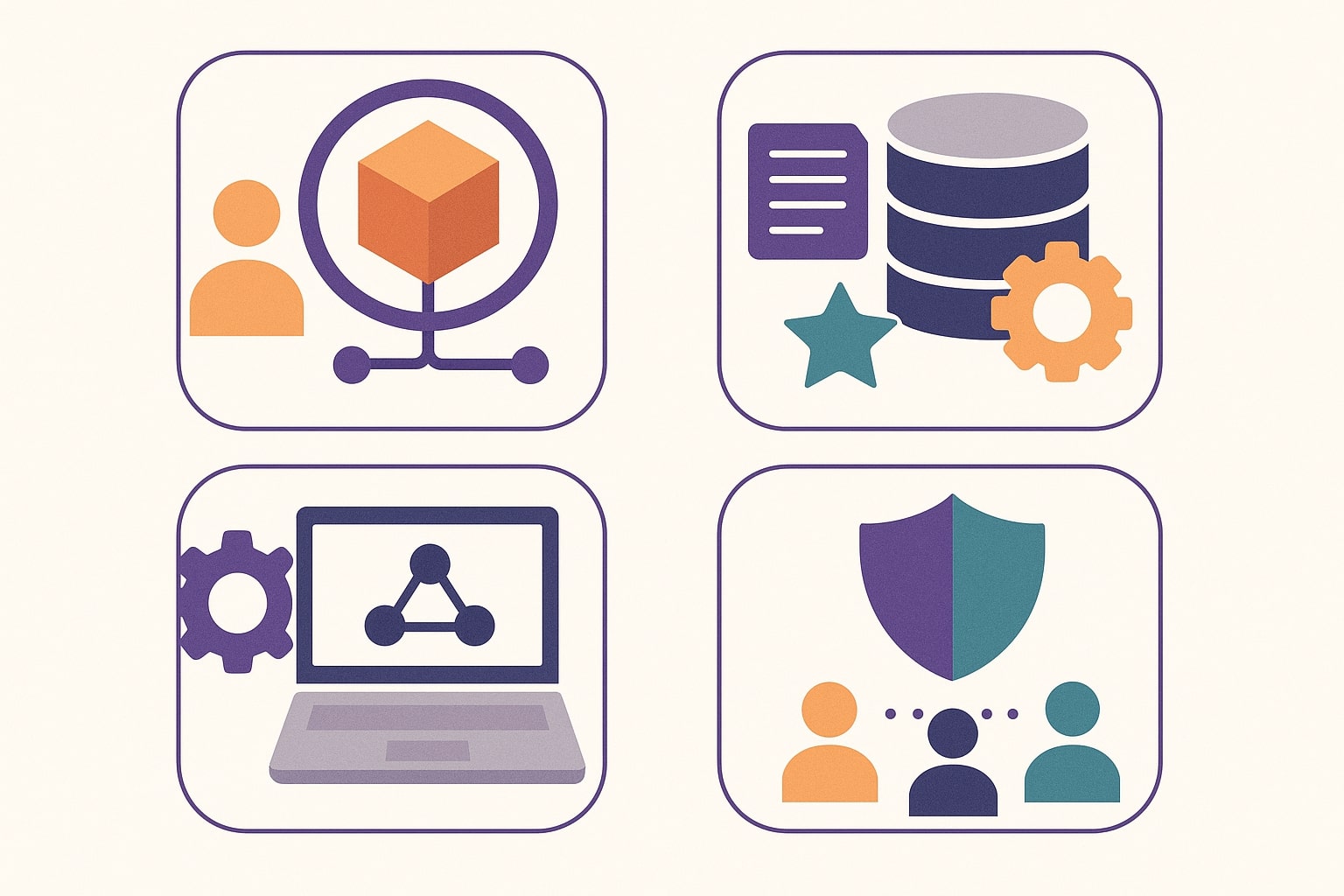
Cultural and Organizational Considerations
Transitioning to a decentralized architecture is not merely a technical endeavor – it requires significant cultural and organizational transformation. Teams must adopt a mindset where they take full responsibility for the data they produce, including its accuracy, documentation, security, and usability.
This shift can be challenging. Traditional structures often foster a passive relationship with data, where domain teams rely on centralized specialists to interpret and manage it. Moving toward active data stewardship demands investment in training, cultural change programs, and leadership support.
Overcoming Technical Hurdles
Implementing a decentralized data management model also introduces technical challenges:
- Standardization Across Domains: Without consistent formats, definitions, and metadata, interoperability becomes difficult.
- Tooling Complexity: Domain teams need access to robust, user-friendly tools to manage data pipelines, transformations, and monitoring.
- Data Discovery: As more data products emerge, organizations need effective cataloging, searchability, and lineage tracking.
- Security and Access Control: Balancing decentralization with strong, consistent security practices is essential for maintaining trust and compliance.
Organizations that succeed in this transformation often invest heavily in internal platform engineering. These platforms offer standardized building blocks and operational support to domain teams, ensuring consistency without sacrificing autonomy.

Real-World Adoption of Decentralized Architectures
Leading technology organizations have already adopted Data Mesh principles to drive data innovation. Companies like Netflix, Shopify, and Intuit have transitioned toward domain-oriented data structures to better serve their internal users and customer-facing analytics.
For example, in a retail organization, the inventory team may own and manage supply chain data, while the marketing team handles user engagement metrics. By allowing each domain to curate its datasets and pipelines, insights can be generated more rapidly and are better aligned with business needs.
Moreover, these organizations often report improved collaboration, faster experimentation, and a stronger data culture, as domain teams feel empowered to make informed decisions.
Developing a Decentralized Data Strategy
A successful shift to domain-oriented data management requires thoughtful planning and execution. Recommended steps include:
- Define and Map Business Domains – Begin by identifying distinct business areas and their associated data responsibilities.
- Establish Data Ownership – Assign clear accountability to domain teams for managing their datasets and documentation.
- Invest in a Self-Service Platform – Provide reusable components, templates, and pipelines to streamline development and operations.
- Develop Collaborative Governance – Create policies and frameworks that support shared responsibilities, compliance, and standardization.
- Monitor and Iterate – Continuously evaluate adoption, address bottlenecks, and refine processes based on feedback.
It’s important to view this journey as an evolution rather than a one-time migration. Continuous improvement and stakeholder engagement are crucial to long-term success.
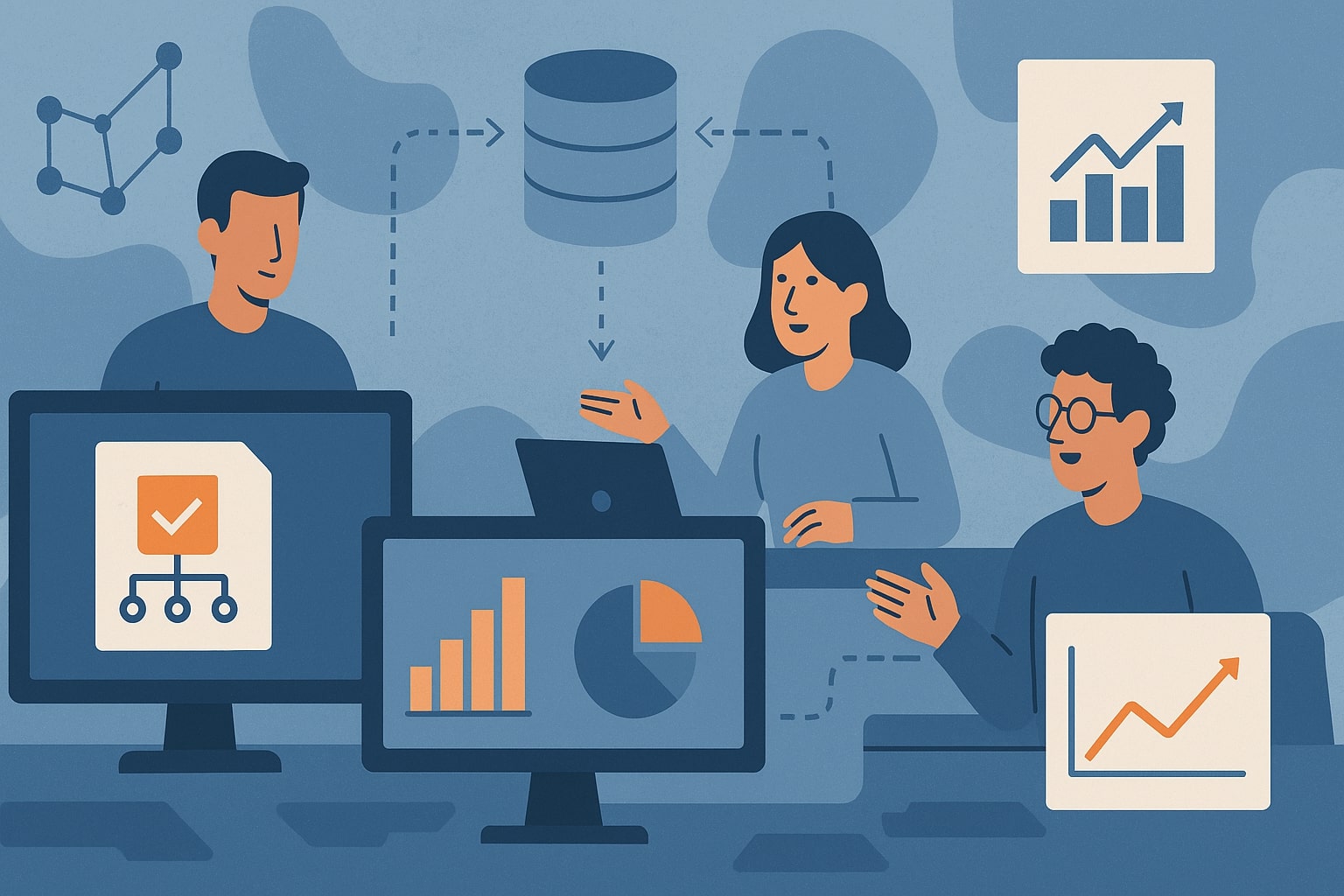
Conclusion: Building Resilience Through Domain-Centric Data Design
As data continues to grow in volume, velocity, and variety, the traditional centralized data architecture cannot keep pace. Decentralized, domain-oriented models offer a viable path forward, enabling organizations to scale more effectively, enhance data quality, and respond faster to business demands.
This architectural evolution represents more than a shift in technology – it’s a transformation in how organizations perceive, produce, and leverage data. When implemented thoughtfully, domain-oriented data management empowers teams, streamlines operations, and lays the groundwork for long-term resilience in an increasingly data-driven world.
Looking to modernize your data architecture? Contact Aleron IT to discover how our team can help you design and build scalable, domain-oriented solutions tailored to your unique needs.



